Björk and Arca’s story originally appeared in i-D’s 40th Anniversary Issue, no. 361, Winter 2020. Order your copy here.
Björk has been on the cover of i-D six times now. The first occasion, in 1993, saw us pop round to her first London flat to discuss her first adult solo album, Debut, which she described at the time as “Alright,” explaining, “I don’t think I’ll make a really good album until maybe three or four records down the road”. Several people disagreed (mainly because Debut was a really, really good album). In 1994 she was at it again, this time celebrating the launch of her first remix album by taking us on a night out full of tequila shots and dancing (“When I get drunk, I’m on a mission. It has to be fucking blitzkreig!” she reasoned).
In 1996 a tangerine-haired Björk graced a double cover opposite her then-boyfriend, jungle pioneer Goldie. “I think it’s crap!” she said, not particularly into the new levels of fame she was experiencing post-Post. Then, in the year 2000, she was back with us having just won Best Actress at Cannes for her titular role in Dancer In The Dark. “I was completely chuffed,” she told us of the recognition. Another cover, in 2007, saw her decked out in a wild knit Icelandic creation and shot by Inez and Vinoodh, her face painted like a rainbow warrior. “When I was a teenager, I would never have guessed that I would be this kind of face, this kind of popstar,” she reflected, having just released Volta, “because I’m such a nerdy person.” So, you see, we go back pretty far.
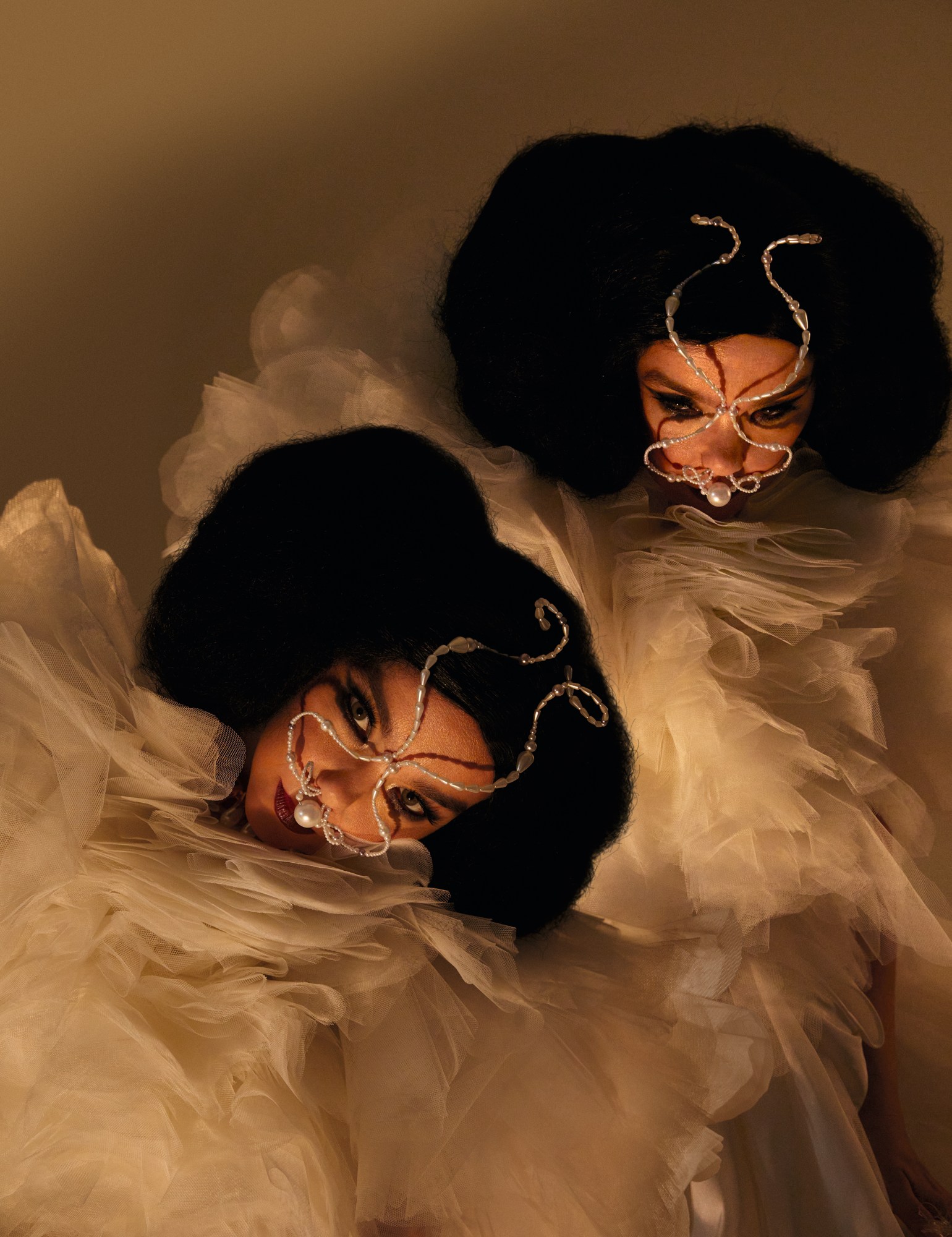
Another three albums, six tours, thirteen years and a witchy new film role later, Björk is back where she belongs, on the cover of i-D. And she’s brought her go-to collaborator and chosen family Arca with her. The two of them met for the first time in September 2013, right as the Icelandic cultural icon walked off stage after the last show of her Biophilia tour. They hit it off and danced all night. The Venezuelan artist and producer also known as Alejandra Ghersi was quickly invited to collaborate as a producer on Björk’s Grammy-nominated ninth studio album, Vulnicura, an intimate, raw and deeply painful record documenting the split from her daughter’s father. Together they embarked on the project’s world tour before coming together again to create the 2017 album Utopia (also Grammy-nominated), the heaven to the previous record’s hell and a beautiful, hopeful blossoming of self and sound.
Björk has described their finding of one another as the strongest musical relationship she’s had. Arca describes it as “layered in its depth and multiplicity; simple, messy, transcendental, joyous, beguiling, sisterly, snakelike, emotional, tender, meaningful and mysterious”. Exactly as we imagined it, then. Their relationship has naturally evolved, it seems, from one of a maternal figure and her protege to that of equals, of sisters.
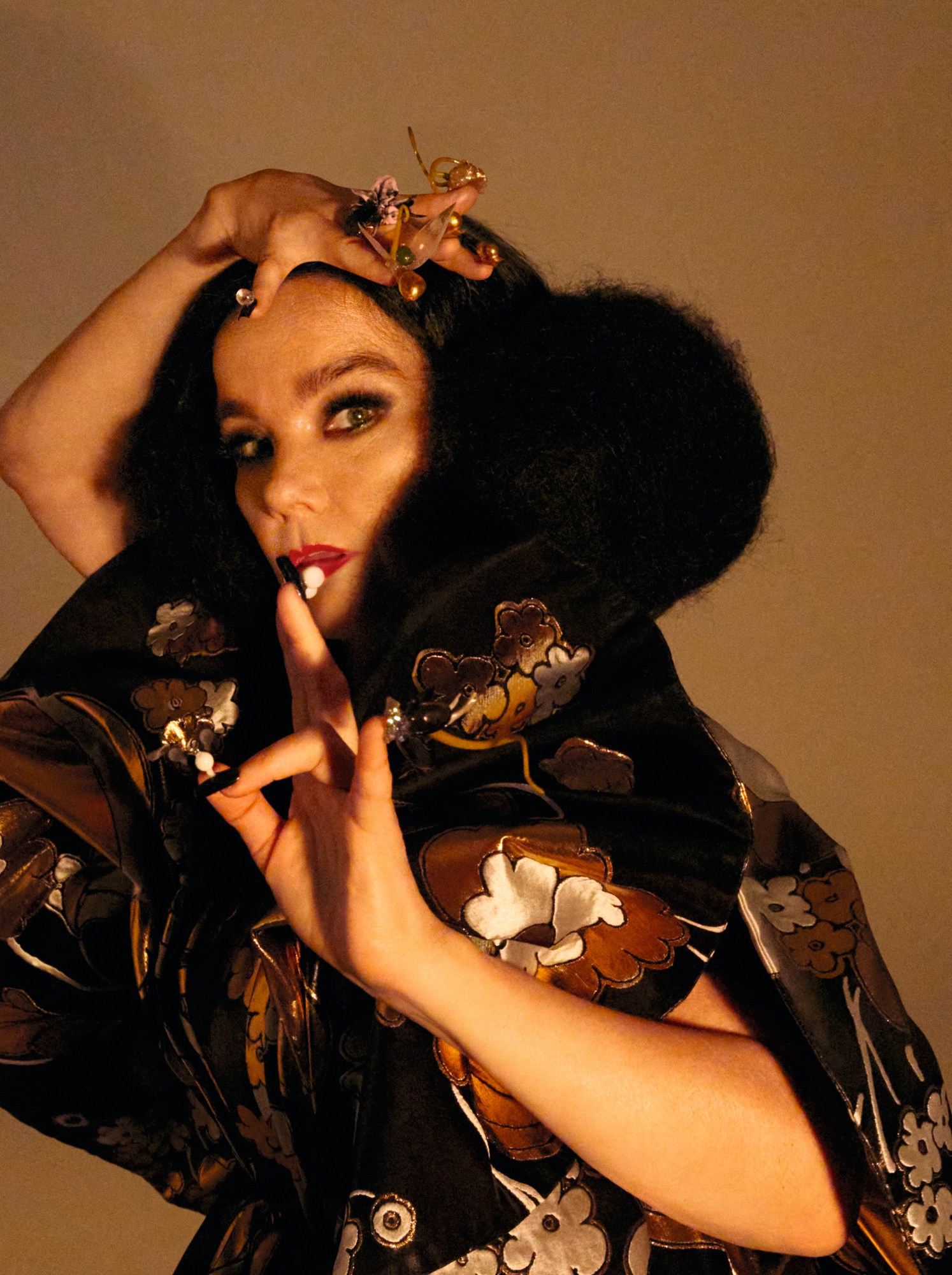
For this very special anniversary issue, Björk and Arca have written letters to each other about the nature of family, their very special and ever-evolving relationship, and the song that was written about it.
From Björk To Arca:
Dearest lush friend,
I felt perhaps that a good place to start our talk would be this lyric. I am also open to whatever other beginning coordinates you can conjure, or skip things, or add…
But if we start from this lyric, it was written after our glorious meal in that restaurant next to Frida Kahlo’s house in Mexico City, remember? Summer of 2017. And we were talking about hope and the capacity for women to weave nests in their lives. How it is the feminine talent to weave around families – blood or not – to weave in all the connections, the threads between the members. And then it becomes the fabric we live in. Then we started talking about our mothers and how somehow women have limited amounts of emotional thread; sometimes a woman only has fibre for one or two nests in her life, sometimes three, but some seem to have unlimited. But also how the thread can have different strengths perhaps.
And then we talked about how somehow it is sometimes easier for the male energy to be ‘visitors’ and to enter and exit quickly, where for the ladies, there starts a painful repair process before new threads are spun – no rights or wrongs, just a different experience of time.
“Future Forever”
Imagine a future and be in it
Feel this incredible nurture soak it in
The past is on loop turn it off
See this possible future and be in it
Hold fort for love forever
We’re just momentary vessels
We ́re just carrying
Trust your head around
Guide your stare elsewhere
Your love is already waiting
You’re already in it
Hold fort for love forever
Watch me form new nests
Weave a matriarchal dome
Build a musical scaffolding between sleep and awake Day and night
Between night and day
You say I mirror people’s missions at them
Now you mirror at me who I used to be
What I gave to the world you’re giving back to me Hold fort for love forever
When I read the lyrics, I also see a lot of little hints in it (like I often put into my words) for example “we’re just carrying” is a reference to some queens I met who would say repeatedly, as a compliment: “she was carrying” about an amazing beat she made or a dance move or a film or if she built a house or whatever. And I felt it was such a feminine reference, about being the vessel. And the ambition is not about penetrating or shooting or who gives the hardest punch but the guitar solo of who was the best “carrier”. Who had the biggest bowl.
I also see in the lyrics how this song is about the mood of “musical scaffolding between day and night” and also how in trauma or in repair, the gap between falling asleep and the moment of waking up becomes a gigantic canyon it is hard to cross. And music can be such a helpful “carrier” there, if it is woven well. And this song is an attempt to be it.
I also am super mushy about the last verse. It is probably loaded with more meaning for me than the rest of the album combined. I’m kinda shy about spelling it out, but put simply: I love you so much and am forever grateful for your gift as a musician to me. I was at a time in my life where I felt monogamy was taken from me, and monogamy in music-making offered to me. Like a miracle. The timing of it was mind blowing.
Enthusiasms, Birch
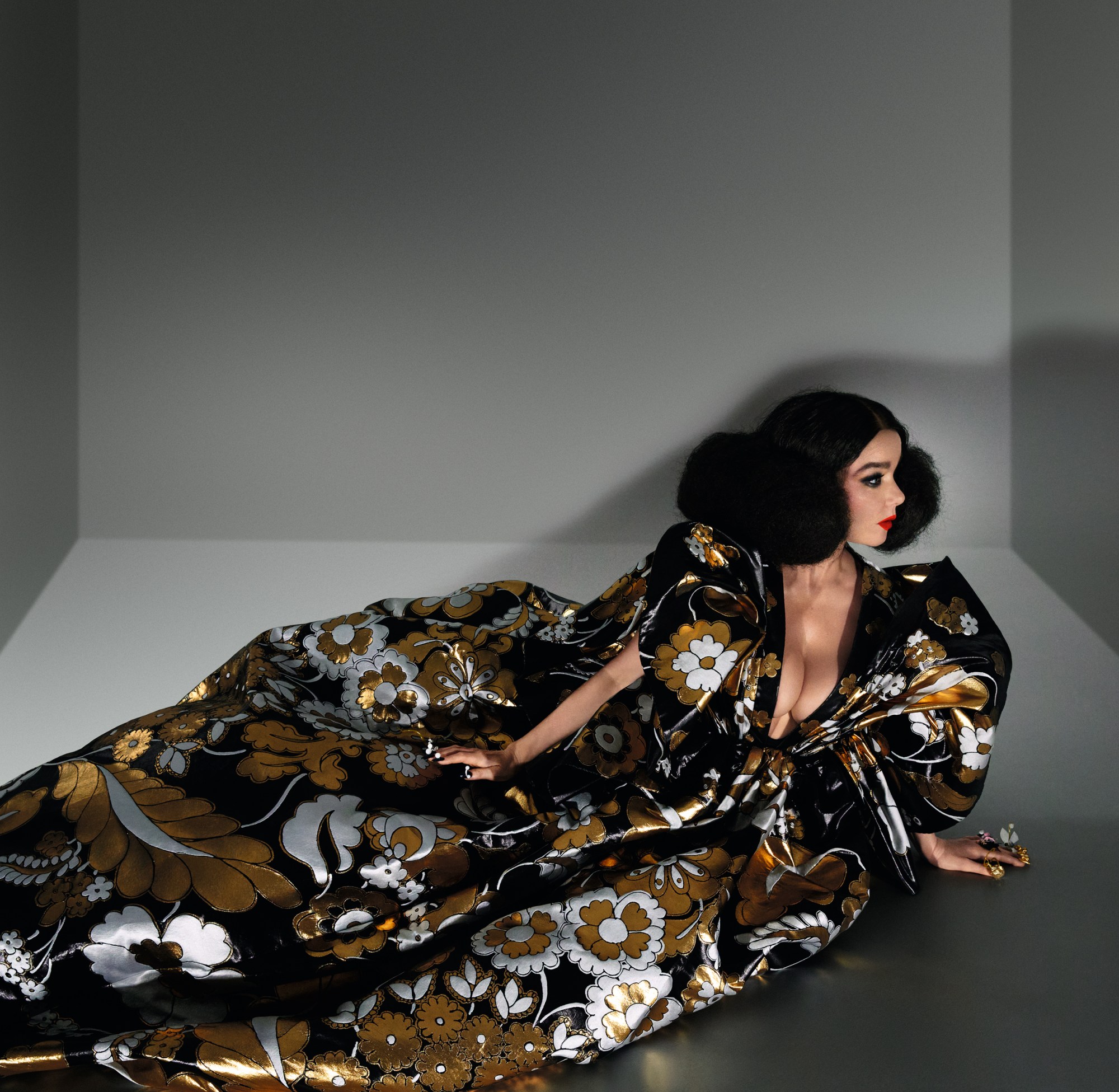
From Arca To Björk:
Dear Björk,
Thank you so much for being up for doing this story with me, for this anniversary issue of i-D. It’s very symbolic. I remember one time we were disagreeing about something, bless us – conflict can be a sign there is a real relationship there. I remember well the time I mentioned, almost indignant, that I had been mothering you and I was mad at that fact. You responded, saying that ‘we mothered each other’ and I felt like a blindfold fell off my eyes and I saw you then as a sister, rather than holding on to the idea that I had to admire you. I think it helped me understand motherhood in a new way; in a chosen family way. I’ve had other maternal figures in my life who I now see as equals in their yin and yang. I remember that meal in Mexico City. It was in a very glam restaurant. I had fun that night.
I remember we discussed different kinds of leadership. Phallic leadership was about accomplishing a goal, cumming to consummate a creative project and carrying it through; carrying a vision and leading the team through direction and insistence, open stanced. Then there is another, more womb-like leadership, which is about creating an amniotic mood within which other beings feel safe to open up and express themselves in the project in a more collaborative way. The phallic one is more about the vision of an auteur-like figure, and the other is more about creating a hyper-fertile ecosystem within which creative gestation, collaborative fecundation is possible. I remember us agreeing that there was a time and a place for both along the process of creating.
In response to the part of your letter about certain genders having more or less capacity to carry or host, to visit and weave emotional thread, in virtue of family: I don’t see it as black and white. I don’t think I ever did, but now less than ever. With each passing day, I see the binary as something that can be useful as a descriptor but not necessarily having any essential import on the psychosexual life of an individual. The more that individual is conscious of their anima and animus, the less beholden they will be to thinking certain pleasures are off limits, less beholden to shame. With anima and animus, I borrow the Jungian terms for the idea that each man has both a man and a woman inside of them and that each woman has both a woman and man inside of them, too.
In analysis, there’s the Oedipal complex, which is killing the father and making love to the mother; then there’s the Electra complex, which is killing the father and having sex with the mother. I propose a new archetype, one I have never heard before: the figure of Electra Rex, who kills both mother and father and has sex with herself/itself. I think Electra Rex can allow for a being that can cycle between submission and dominance, can penetrate and also be penetrated. She/it offers the possibility for interpenetration at the expense of a biological womb, her/its sexuality is her/its own. I wonder what family nucleus emerges around a mother with a penis, around a pregnant father, for instance. I mention this because this is already possible. We can all access Electra Rex and seek free pleasure within our mutant bodies, each of us, all of us transitioning from birth to death, inevitably.
Love in the face of the unknown, a.
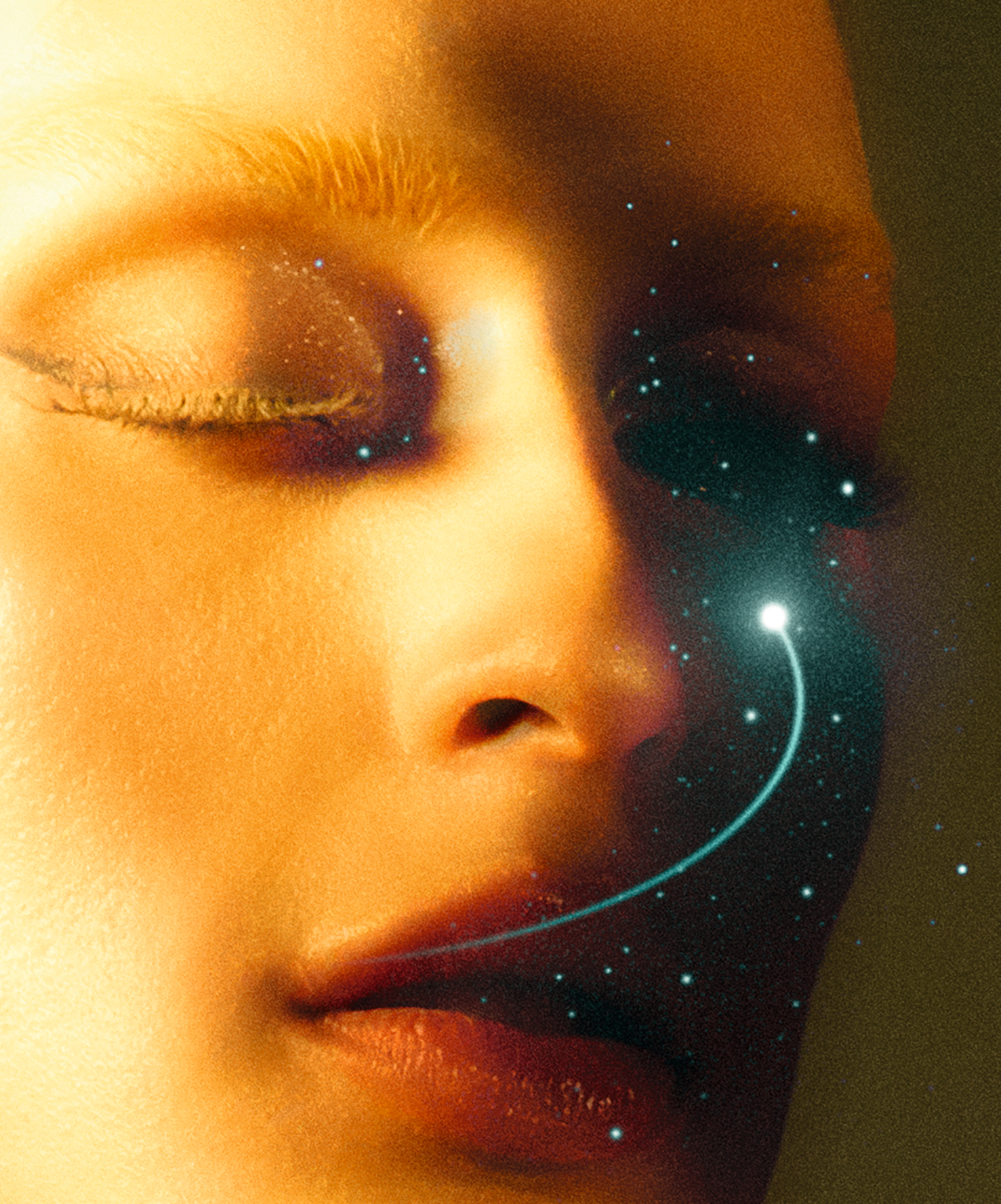
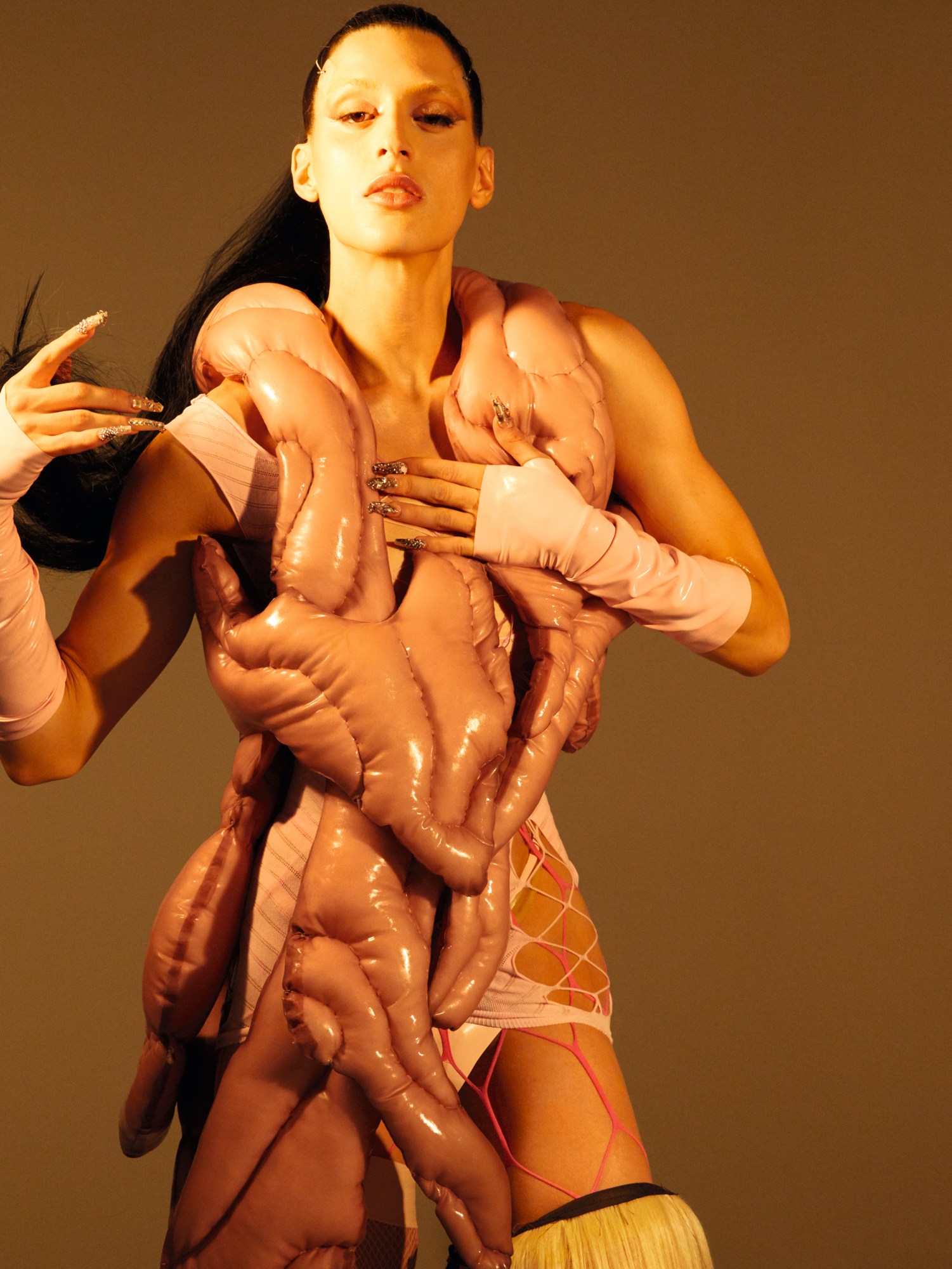
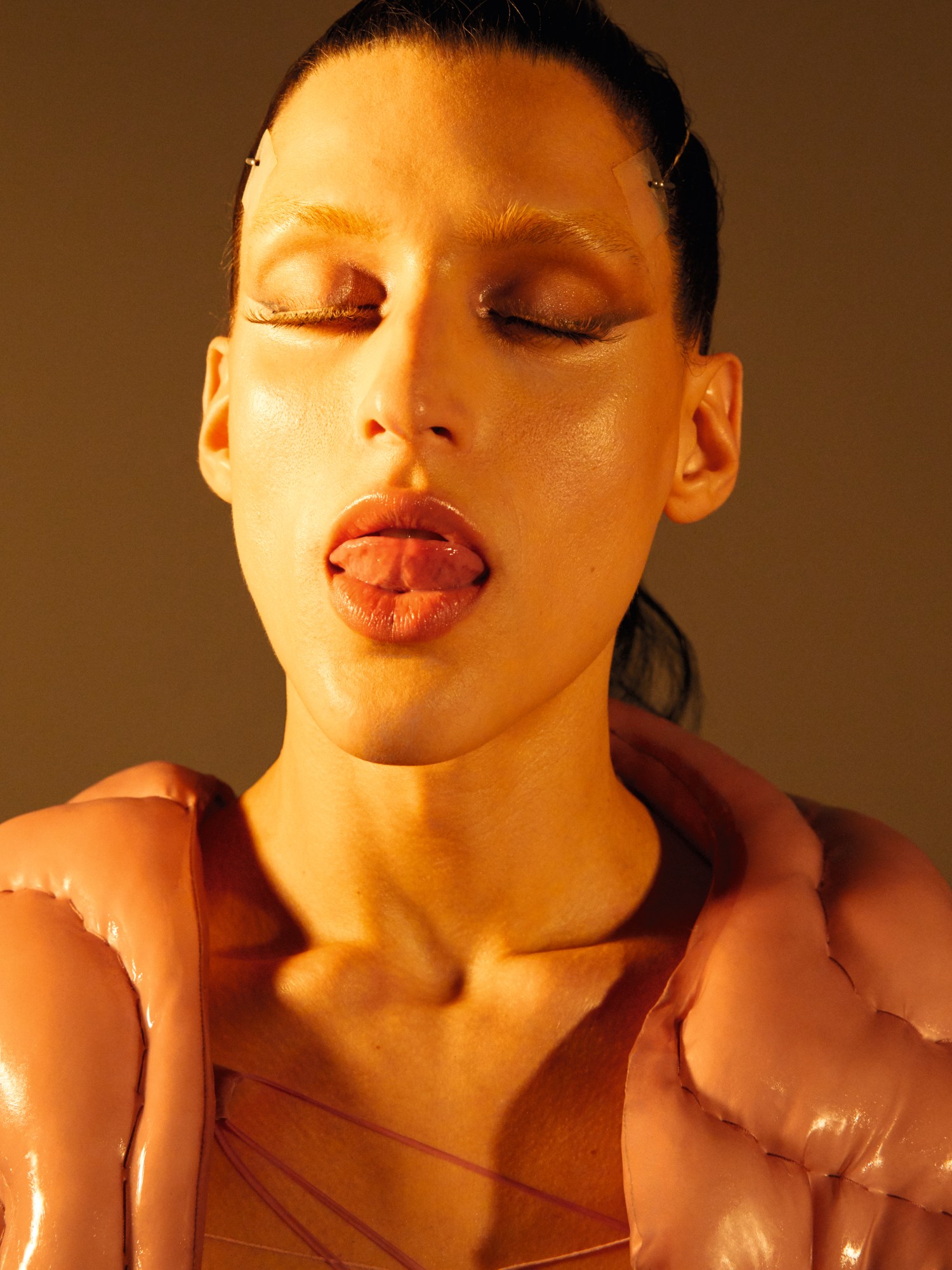


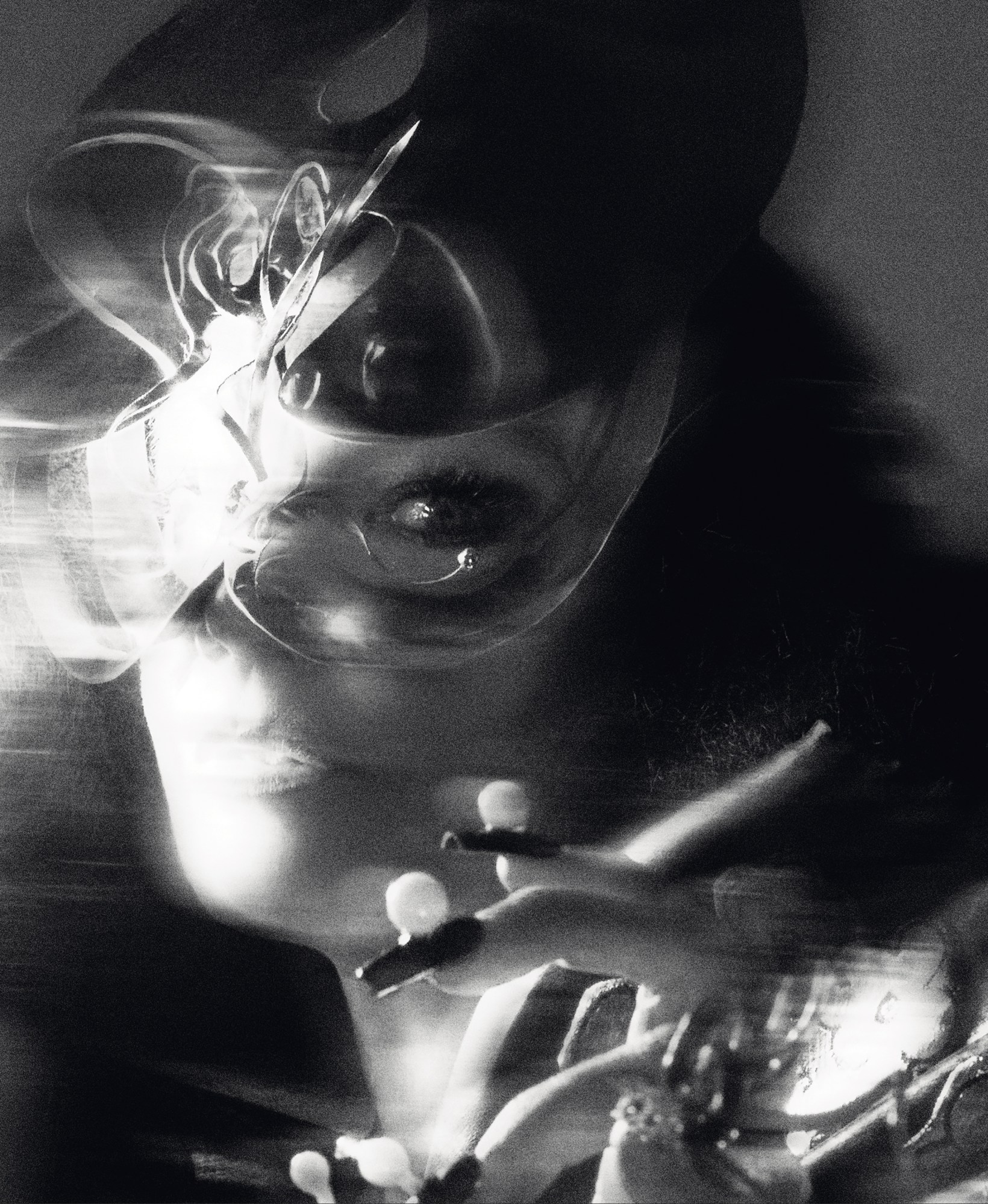


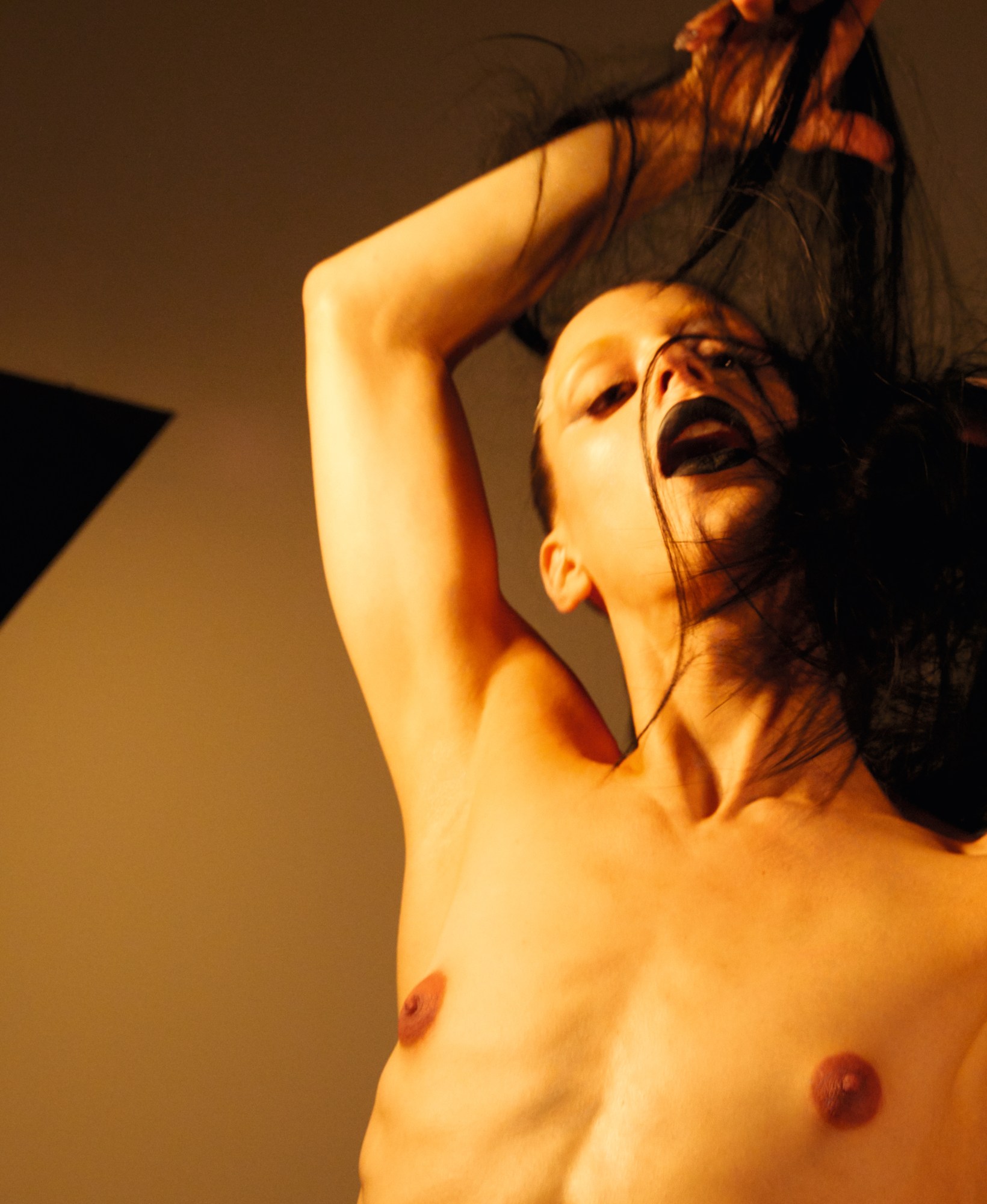
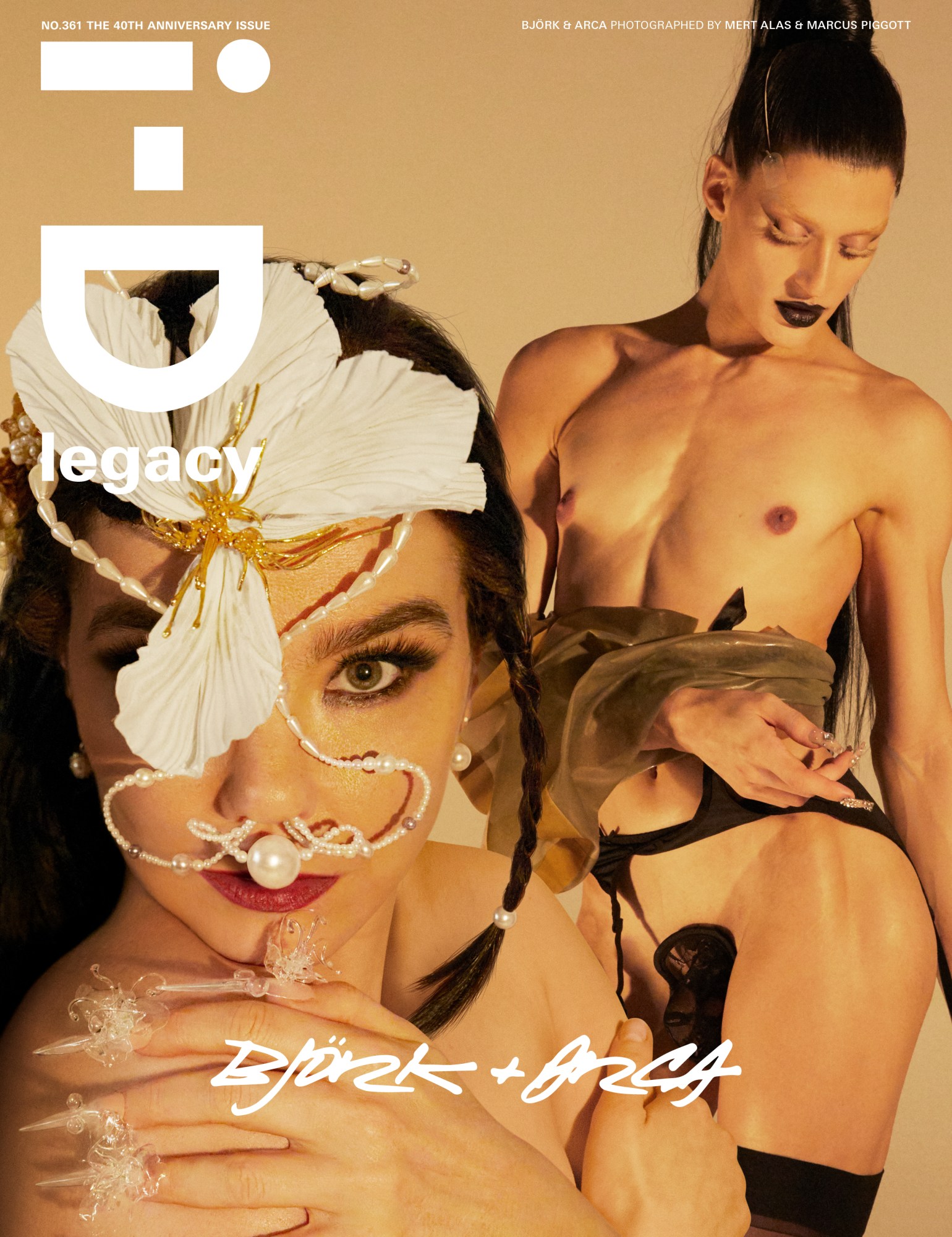
Credits
photography Mert Alas & Marcus Piggott
styling (Arca) Ai Kamoshita. styling (Björk) Edda Gudmundsdottir
Hair and make-up (Arca) David Lopez at Esther Almansa using Fenty beauty. Hair (Björk) Katrín Sif Jónsdóttir using KEVIN.MURPHY.
Make-up (Björk) Sunna Björk Erlingsdottir using Pat Mcgrath Labs Mothership VI. Nail technician (Björk) Lyn Nguyen.
Photography assistance Sinclair Jaspard Mandy, Manuel Girón, Ricard Estol, Vidar Logi, Rafn Rafnsson and Ólafur Magnússon.
Digital set up and operations by Niccolo Pacilli at Dreamer Productions.
Styling assistance (Arca) Lulu Bullock.
Styling assistance (Björk) Diana Breckmann.
Hair and make-up assistance (Arca) Beatriz Vargas.
Nail technician assistance (Björk) Lam.
Executive Production by Leonard Cuinet at April Production.
Production (Arca) Mamma Team. Production (Bjork) Vidar Logi. Production coordination Elise Lebrun. Post Production DREAMER POST.
Casting director Samuel Ellis Scheinman for DMCASTING.
